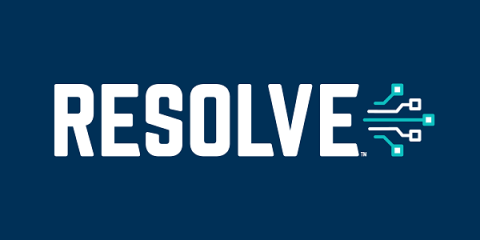How LogicMonitor and Amazon Bedrock Accelerate Generative AI Initiatives
Enterprise generative artificial intelligence (GenAI) projects are gaining traction as organizations seek ways to stay competitive and deliver benefits for their customers. According to McKinsey, scaling these initiatives is challenging due to the required workflow changes. With AI adoption on the rise across industries, the need for robust monitoring and observability solutions has never been greater.











